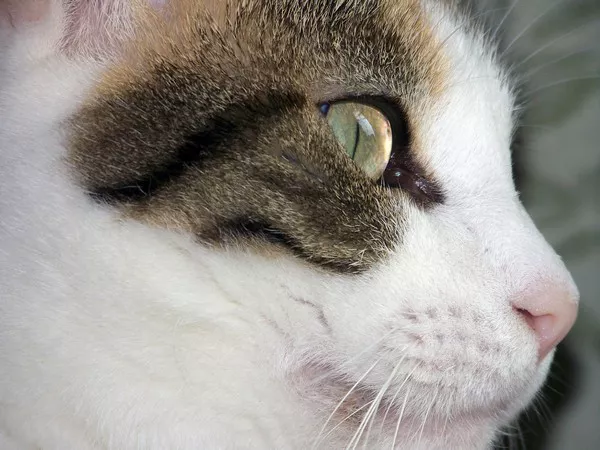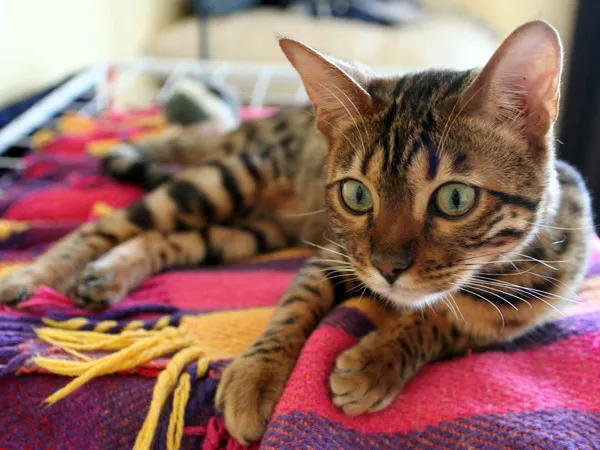Welcoming a new generation of kittens is an exciting and rewarding experience for cat owners. Just like human pregnancies, caring for a pregnant cat requires special attention and considerations to ensure the health and well-being of both the mother and her future offspring. In this article, we’ll explore essential aspects of how to care for a pregnant cat, from recognizing signs of pregnancy to providing proper nutrition, creating a comfortable environment, and preparing for the delivery of the kittens.
Recognizing Signs of Pregnancy
1. Changes in Behavior: Pregnant cats may exhibit changes in behavior, such as increased affection or seeking solitude. Some cats become more vocal, while others become quieter.
2. Physical Changes: Around three weeks into pregnancy, a cat’s nipples may become more prominent and pinkish. As the pregnancy progresses, the abdomen may enlarge due to the growing kittens.
See Also: The Duration of Pregnancy in Ragdoll Cats: A Simple Guide
Scheduling a Veterinary Visit
1. Early Veterinary Consultation: It’s crucial to schedule a veterinary visit early in the pregnancy to confirm the pregnancy and assess the cat’s overall health. The veterinarian can provide guidance on proper care and address any concerns.
2. Ongoing Checkups: Regular veterinary checkups throughout the pregnancy help monitor the cat’s health and the development of the kittens. The veterinarian can also offer advice on adjusting care as needed.
Providing Proper Nutrition
1. High-Quality Diet: A pregnant cat’s nutritional needs change during pregnancy. Choose a high-quality commercial cat food formulated for pregnant or nursing cats. Consult your veterinarian for dietary recommendations.
2. Gradual Transition: If switching to a new diet, make the transition gradually to avoid digestive upset. Ensuring proper nutrition supports the health of both the mother and the developing kittens.
Creating a Comfortable Environment
1. Quiet and Safe Space: As the pregnancy progresses, provide a quiet and safe space for the pregnant cat to rest and nest. This space should be away from noise and disturbances.
2. Nesting Box: Set up a nesting box lined with soft bedding materials. A nesting box provides a secure and comfortable area for the cat to give birth and care for her kittens.
Preparing for Labor and Delivery
1. Educating Yourself: Learn about the stages of labor and delivery in cats. Understanding the signs of impending labor, the birth process, and potential complications empowers you to provide appropriate care.
2. Emergency Contact: Have your veterinarian’s contact information readily available in case of complications during labor. Being prepared for emergencies is crucial for the safety of the mother and kittens.
Providing Emotional Support
1. Stay Calm: Cats are highly sensitive to their owners’ emotions. During labor and delivery, remain calm and composed to provide a soothing environment.
2. Observing from a Distance: While it’s essential to monitor the cat during labor, do so from a distance to avoid causing stress. Allow the cat to focus on the birthing process.
Post-Delivery Care
1. Maternal Care: Mother cats instinctively care for their newborn kittens by licking and cleaning them. Allow the mother to bond with her kittens and nurse them.
2. Monitoring Health: Keep a close eye on the mother’s health and the kittens’ well-being. If you notice any signs of distress or health issues, consult your veterinarian promptly.
Gradual Weaning
1. Introducing Solid Food: As the kittens grow, you can begin introducing solid food alongside nursing. Consult your veterinarian for guidance on the appropriate timing for weaning.
2. Socialization: During the weaning process, focus on socializing the kittens to human interactions. Gentle handling and positive experiences help them become well-adjusted companions.
Conclusion
In conclusion, caring for a pregnant cat requires a combination of attention, knowledge, and patience. Recognizing the signs of pregnancy, providing proper nutrition, creating a comfortable environment, and preparing for labor and delivery are crucial steps to ensure the health and well-being of both the mother and her kittens. By educating yourself about the birthing process and providing emotional support, you can help facilitate a safe and successful delivery. As the kittens grow, monitoring their health and gradually introducing them to solid food and social interactions contribute to their overall development. Remember that every cat’s pregnancy journey is unique, and being attentive to their needs and behaviors is key to ensuring a positive experience for both the mother and her precious kittens.























